Fall or Spring Planting for Rhododendron?
zooba72
10 years ago
Featured Answer
Comments (8)
akamainegrower
10 years agozooba72
10 years agoRelated Professionals
Woodinville Landscape Architects & Landscape Designers · Maple Heights Landscape Architects & Landscape Designers · Roxbury Crossing Landscape Architects & Landscape Designers · Bethlehem Landscape Contractors · Columbine Landscape Contractors · Harvey Landscape Contractors · Kettering Landscape Contractors · Marlborough Landscape Contractors · Painesville Landscape Contractors · Pompton Lakes Landscape Contractors · Shaker Heights Landscape Contractors · Snoqualmie Landscape Contractors · West Haverstraw Landscape Contractors · Yuba City Landscape Contractors · 07920 Landscape ContractorsSequoiadendron4
10 years agorhodyman
10 years agorhodyman
10 years agoEmbothrium
10 years agoNHBabs z4b-5a NH
10 years ago
Related Stories
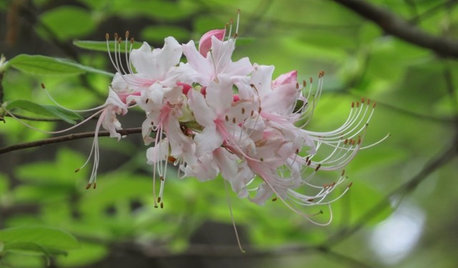
GARDENING GUIDESGreat Design Plant: Rhododendron Canescens
Have a damp, shady spot in your garden that needs a lift? This Southern U.S. native may be the solution
Full Story
FALL GARDENINGWhy Fall Is the Best Time for Planting
Spring is overrated for planting. Starting plants in autumn has advantages for both garden and gardener
Full Story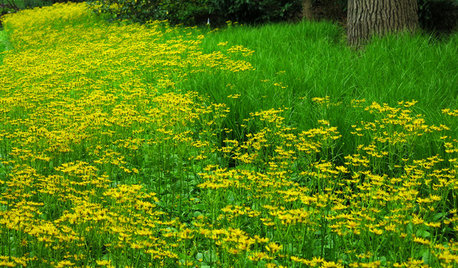
FALL GARDENING5 Native Early-Spring Bloomers to Plant This Fall
Think beyond tulips and daffodils this year with plants that you and native pollinators will love
Full Story
SPRING GARDENINGInspiring Raised Beds for Fall and Spring Planting
Make Your Next Vegetable Garden Even Better with Beautiful Boxes and Paths
Full Story
GARDENING GUIDESGreat Design Plant: Amelanchier Signals Spring With Airy White Blooms
With roughly 20 species of serviceberry native to the U.S., bees can feed on the early-season blooms while birds enjoy the summer berries
Full Story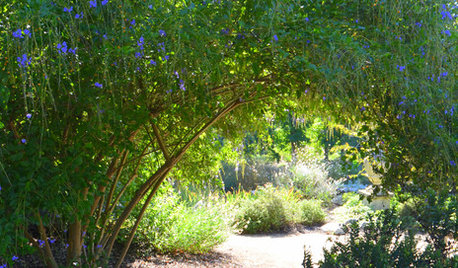
FLOWERS AND PLANTSHeat-Loving Duranta Erecta Blooms From Spring Into Early Fall
Golden dewdrops, a versatile tropical shrub, has delicate purple and white blossoms
Full Story
FALL GARDENING9 Deer-Resistant Flowering Shrubs to Plant This Fall
These exquisite shrubs will attract your attention but won’t tempt the deer that roam your neighborhood at night
Full Story
GARDENING GUIDES8 Deer-Resistant Elegant Evergreen Shrubs to Plant This Fall
Who knew that such beautiful shrubs could be deer-resistant?
Full Story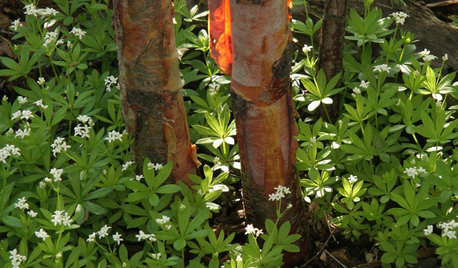
GARDENING GUIDES6 Deer-Resistant Ground Covers to Plant This Fall
Learn about some of the only low, spreading plants that are reliably deer-resistant
Full Story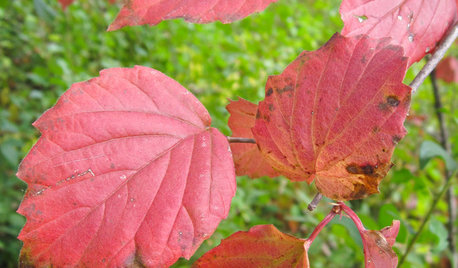
GARDENING GUIDESGreat Design Plant: Viburnum Rafinesquianum Colors the Fall Woodland
Plant downy arrowwood in eastern and midwestern U.S. gardens for spring color in the shade and bright red fall foliage
Full Story





zooba72Original Author